ralf | February 2, 2015 | Maps of the Month, user maps
We’ve been pretty busy with the CC3+ release, but so have been our users and so it’s time to showcase the user maps from the ProFantasy community forum again. We are especially delighted that we can already include some gorgeous maps created with CC3+, some of them first time efforts with our software!
For example, this is FerCanale‘s first map, the nicely frigid-looking White Wolves Island.

Continue reading »
2 Comments
Simon Rogers | January 21, 2015 |
CC3+ is faster, easier to use and creates more attractive maps than ever before.
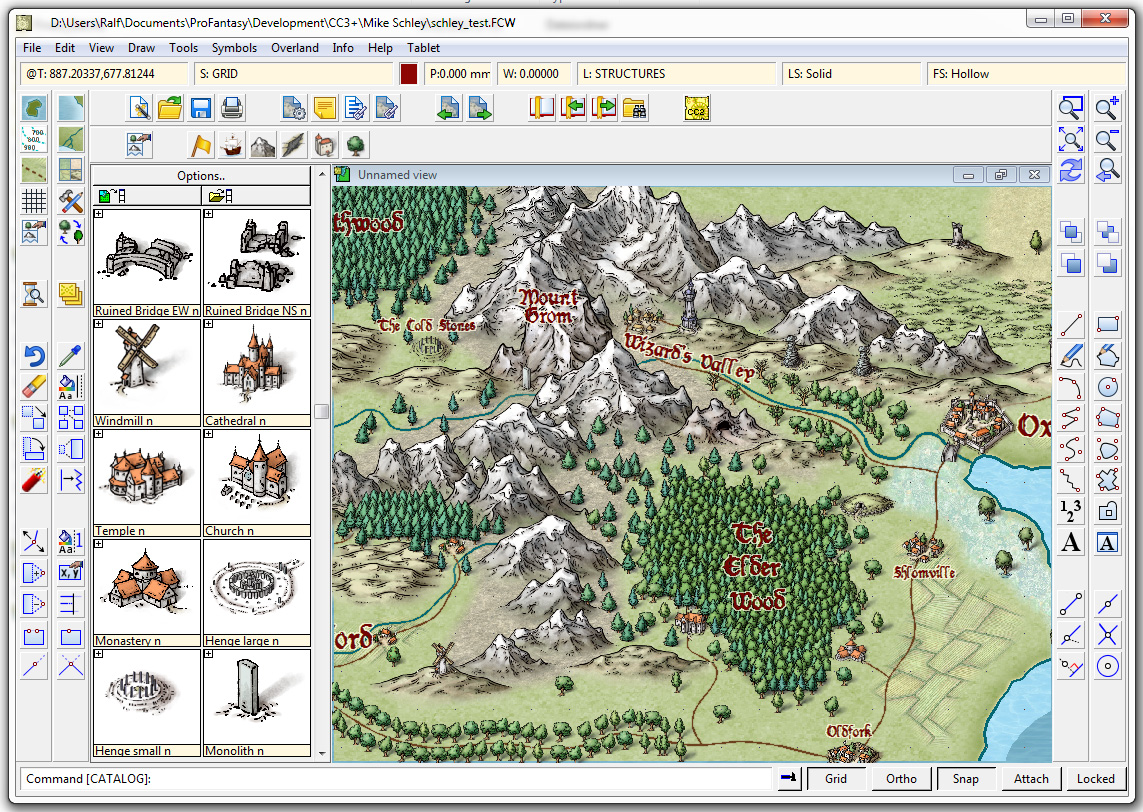
Speed: CC3+ runs twice as fast as CC3 – and the speed difference is even greater with effects on. A combination of hardware optimisation, and eldritch programming sorcery means more map-making, less waiting – simple as that. On most machines, you can use CC3+ with effects on, all the time.

Style: Award-winning cartographer Mike Schley provides you with a complete new attractive map-making style with a host of new symbols and tools. Nothing new to learn, just better looking maps.

Effects: You asked for PhotoShop-style effects, now you have them, with faster, better, streamlined and consistent filters your maps will look better than ever before. You can test your effects on the drawing before applying them. And, again, CC3+ is doing the work.
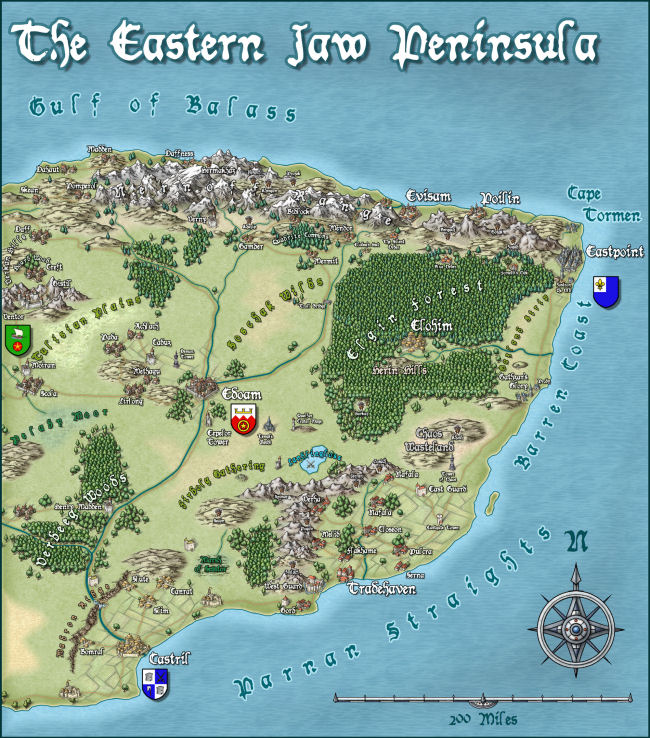
Ease: A context-sensitive floating cursor lets you know what CC3+ is thinking. Attractive, larger icons suit modern systems. The Print Wizard makes it easy to export your maps at any scale, tiled across paper . CC3+ gives you better and cleverer editing, clearer icons, and improved export.
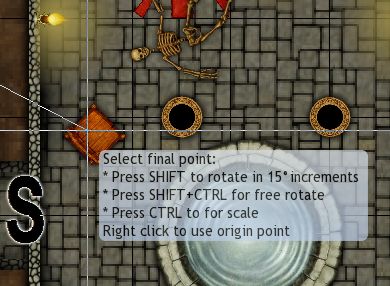
Integration: CC3 improves and simplifies the map-making process. It puts roads, rivers, symbols and other map-making tools up front and center right where you need them. Whichever map making style you choose, the tools you need will appear, visually, and ready to go.

Clarity: We’ve fixed bugs, plugged holes and cleaned up the interface. CC3+ is Windows 8 able, and it’s cleaner on the inside and outside.
14 Comments
Simon Rogers | July 3, 2014 | CC3 Plus, development
Our estimate for the release of CC3+ was “in the first half of the year,” which, like many software deadlines, whizzed past at an unedifying speed. So, time for an update. We aim to release CC+ in mid August, at GenCon. Character Artist 3 purchasers entitled to a free upgrade will get an alpha version to download (optionally) before then.

First, technical stuff – the main reasons for the delay.
We want to make CC3+ as future proof as possible, and we have to keep an eye on Microsoft operating systems and development environments. In addition, Mike Riddle (the developer of the CC CAD engine) became available for a few weeks’ work. This was an umissable opportunity. So, he’s massaged the assembly code, worked around bugs in Visual Studio 2013, and even persuaded the Microsoft team to include bug fixes. It now compiles with vs2013. This doesn’t guarantee functionality with future versions of Windows, but makes it much easier to fix if there are issues. This gives Joe Slayton more tools and compilation enhancements, too.
We are moving all resources away from the program files folder and into the Windows-specified location, which is a quite a knotty problem. We are also switching from registry entries to human readable files where possible, and finalising changes to the effects architecture. We can’t update all the templates until the effects are nailed down.
The main improvements are listed here, with notes from me as to what this really means.
Speed: CC3+ runs twice as fast as CC3. A combination of hardware optimisation and eldritch programming sorcery means more map-making, less waiting – simple as that. [The main benefit is that you can work with effects on on most machines, most of the time. so WYSIWYG]
Style: Award-winning cartographer Mike Schley provides you with a complete new attractive map-making style. Nothing new to learn, just better looking maps. [nothing new to learn, just nicer looking maps]
Effects: You asked for PhotoShop-style effects, now you have them, with faster, better, streamlined and consistent filters your maps will look better than ever before. You can test your effects on the drawing before applying them. And, again, CC3+ is doing the work. [we’ve been inspired by map-makers such as Par Lindstrom who have created maps in CC3 then done more work in Photoshop]
Ease: A context-sensitive floating cursor lets you know what CC3+ is thinking. [I thought this would be annoying, but now it’s indispensible.]The Print Wizard makes it easy to export your maps at any scale, tiled across paper [I use this mainly with a PDF printer]. CC3+ also gives you better and cleverer editing, clearer icons, and you can drag and drop images from the internet.
Integration: CC3+ puts roads, rivers, symbols and other map-making tools up front and center right where you need them. Whatever map making style you choose, the tools you need will appear, visually, and ready to go. [We’ve added the drawing tools to the symbol catalog window, in an order which reflects your process flow. This is more intutive and speeds up map creation. It’s also easier for new map makers.]
Clarity: We’ve fixed bugs, plugged holes and cleaned up the interface. CC3+ is Windows 8 able, and it’s cleaner on the inside and outside. [CC3+ also gives us a platform to improve all the add-ons, too and release Perspectives and Dioramas, too]
24 Comments
Simon Rogers | July 3, 2014 | Annual, user maps
Whether you want a world overview, and solar system map, a starship deckplan, or a map of a star empire many light years across, we have the software for you. CC3 has limited SF facilities alone, though you can certainly do an old-style Traveller map, but Fractal Terrains, Cosmographer 3, symbol sets and Annuals, you have a much wider array.
This map is created with CC3 plus the August issue of the Cartographer’s Annual 2013.
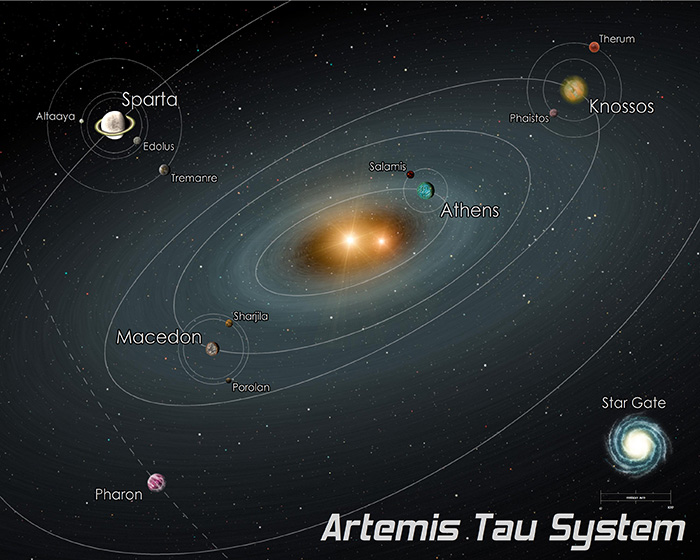 This sector map was created with Created with Cosmographer 3 and CC3 for Ashen Stars.
This sector map was created with Created with Cosmographer 3 and CC3 for Ashen Stars.
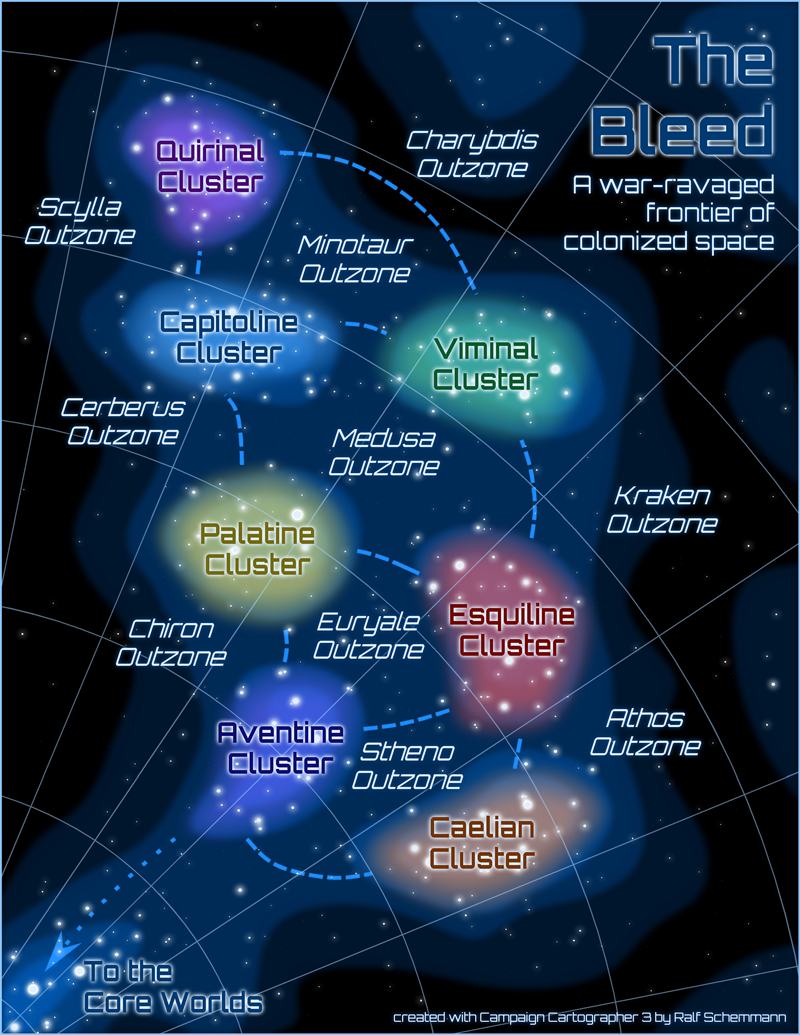
Created with Cosmographer 3 and CC3 for the Traveller RPG. More here.
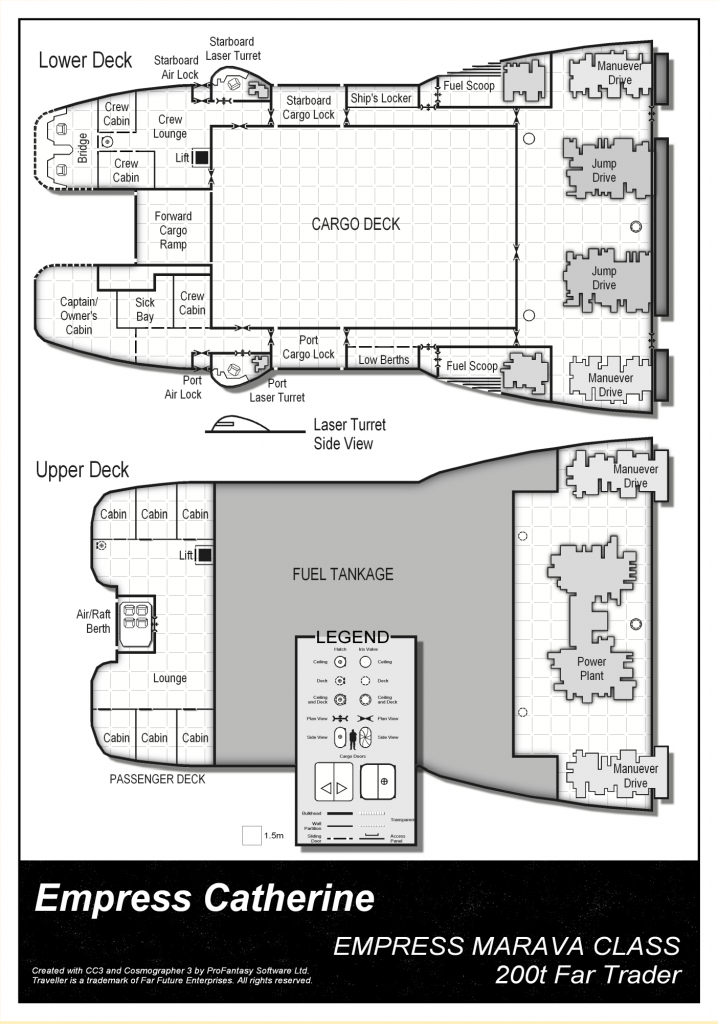 Created with Cosmographer 3 and CC3 for Ashen Stars
Created with Cosmographer 3 and CC3 for Ashen Stars
Cosmographer 3 calculates and shows 3D distances for star systems as in the small isometric sample.

Created with Cosmographer 3 and CC3
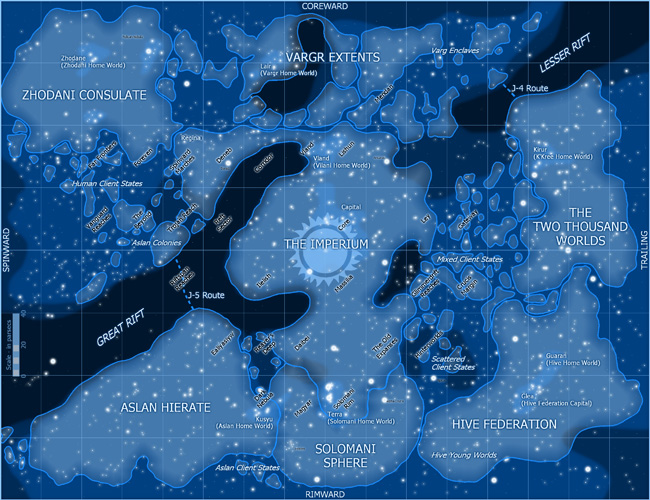
Created with Cosmographer 3 and CC3
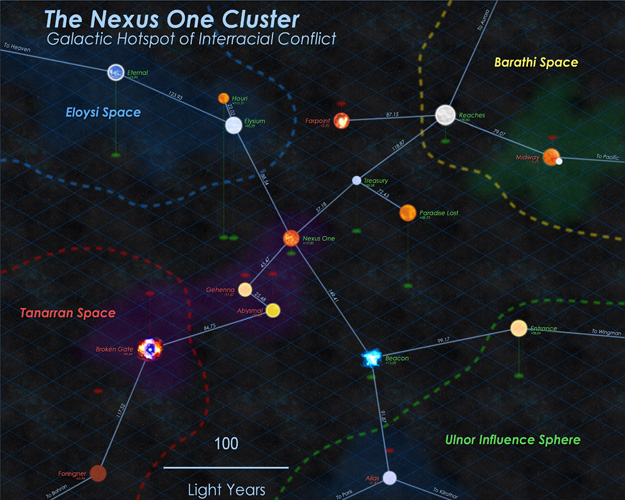
Top down satellite cartography with CC3 and Annual 2012.

Created by forum user Micco40 in about ten minutes using FT3 and CC3.
1 Comment
Simon Rogers | April 14, 2014 | competition, dungeon
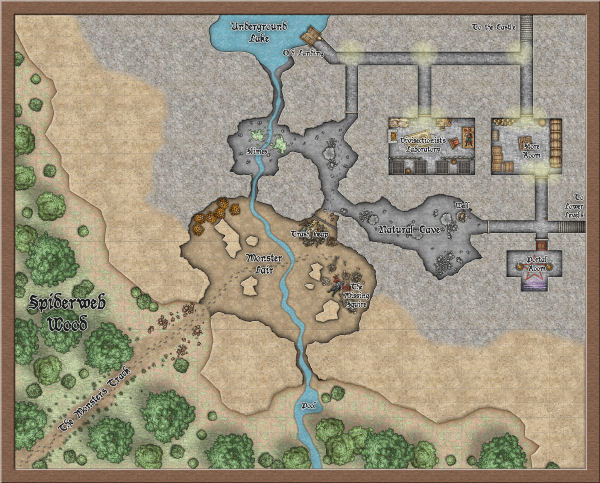 To celebrate the release of The Dungeons of Schley, we’ve devised a competition. Create a small underground lair – a bandit hide out, a cave taken over by a dragon, a mine used as a cultist HQ. The whole area the map covers including map embelishments should be no more than about 100 m / 300 ft square. The best will win an unlimited patron license to all our cartography software forever; two runners up will receive vouchers.
To celebrate the release of The Dungeons of Schley, we’ve devised a competition. Create a small underground lair – a bandit hide out, a cave taken over by a dragon, a mine used as a cultist HQ. The whole area the map covers including map embelishments should be no more than about 100 m / 300 ft square. The best will win an unlimited patron license to all our cartography software forever; two runners up will receive vouchers.
- It can be in any style, past, modern or future.
- You have to create it with CC3, and any other ProFantasy map-making software you wish to use – annuals, symbols sets, whatever you like,
- It can include third-party art as symbols or fill styles long as that art is available for commercial use by anyone.
- You grant us permission to post the map online, though you retain all other rights.
- Only one entry per person
- The main prize is an unlimited patron license, and the two runners up will receive $100 vouchers.
- To submit, post your entry on this forum thread.
- Competition closes on 14th June 2014.
1 Comment
ralf | April 14, 2014 | books, world building
Author Nat Russo posted the following great article on “A Writer’s Journey” and graciously allowed us to repost it here. Enjoy his excellent advice and check out his book “Necromancer Awakening“.
Continue reading »
Comments Off on World Building Primer by Nat Russo
Simon Rogers | April 14, 2014 | books, overland maps
From Tolkien’s seminal Lord of the Rings, to Lord Foul’s Bane and Game of Thrones, blockbusting fantasy novels need maps you can flick back to when following the journeys of the protagonists. The Fantasy Reader blog provides an index with wide selection of examples.
Campaign Cartographer has been used to illustrate novels such as Shades of Gray by Lisanne Norman, Le Temple Des Eaux-Mortes by Eric Ferris, and Johannes Cabal the Detective by Jonathan L. Howard, and writer David Brown discusses his experience with CC3 here.
So, which are the best CC3 styles to use to sketch a world for your frontispiece? Most likely it’s black and white line are, though greyscale might work. Here are some suitable suggestions for overland maps.
This prosaically named Overland B&W style is a perfect example of a simple style with which you can create a first fantasy map, It’s very straightforward to use.
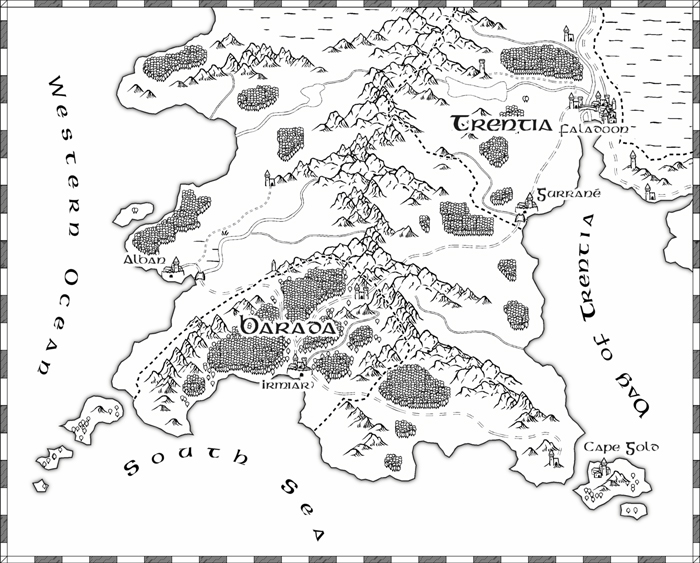
Annual 2008 Overland B&W Style
ralf | February 19, 2014 | community, Maps of the Month, user maps
It’s time for the monthly parade of user maps posted to the ProFantasy forum – again we have some lovely work to show off, thanks to the community!
As described elsewhere, TolrendorDM finished off his 2013 Annual Challenge with this map of the “Barrens of Gorak” in the 1930’s travel guide style.
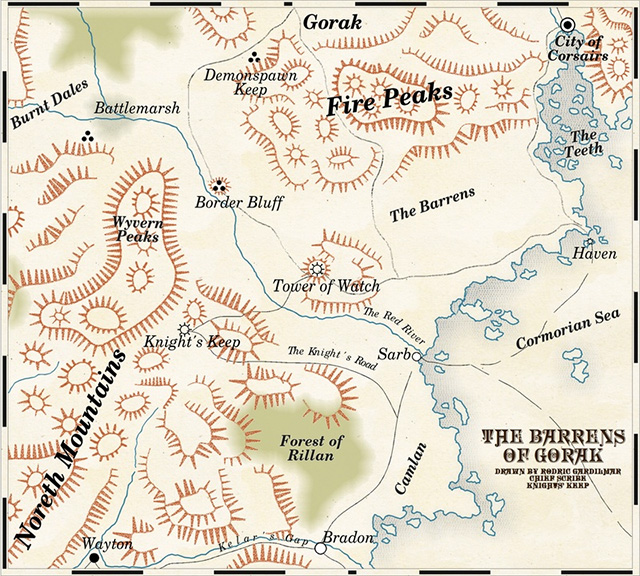
Continue reading »
Comments Off on User Maps of January
ralf | January 6, 2014 | Annual, Area Map, WW2
It might have slipped by silently due to the holidays, but the first issue of the Annual 2014 stalwartly appeared on January first. It’s a beautiful area map style by Michal Cross, as seen in the Achtung! Cthulhu adventures by Modiphius Entertainment.
You can subscribe to the Cartographer’s Annual 2014 here.
The accompanying mapping guide also takes you through the steps to take a real-world map from an online map service and convert it to a WW2-era style map in CC3. Here is an example:
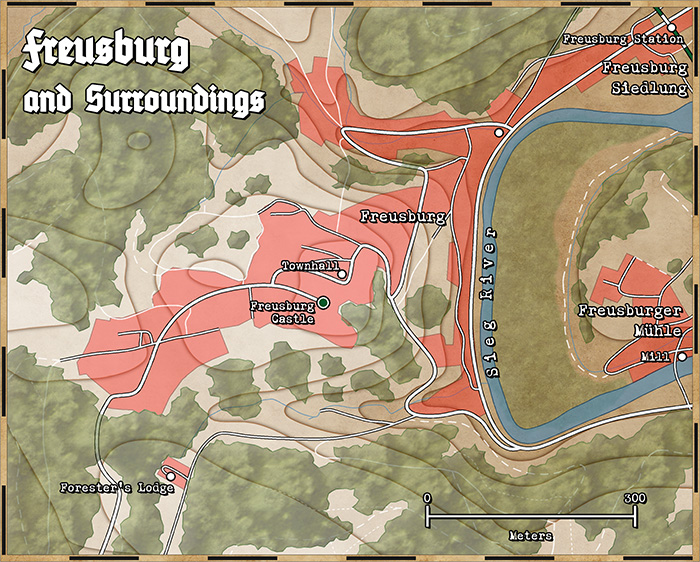
1 Comment
ralf | April 16, 2013 | kobold press, midgard, promotion, world building
The Kobold Guide to Worldbuilding is out, and we have a special discount code for the ProFantasy community: go to the Kobold Store and use the code CC1PFWB0 at checkout to get 25% off any of the following titles:
Below is an excerpt from the Kobold Guide to Worldbuilding: Wolfgang Baur’s essay “How Real is Your World? History and Fantasy as a Spectrum of Design Options.”
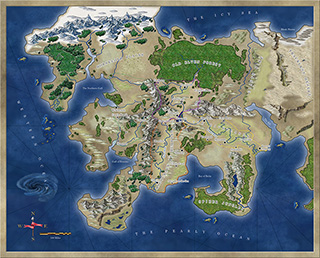 Real Worldbuilding
Real Worldbuilding
There are at least two clear traditions in fantasy worldbuilding: the real worlds and the pure fantasies. Fans of the two approaches are usually split and sometimes react violently to the wrong flavor. As with all matters of art and creative endeavor, this is a matter of subjective judgments and personal preferences. The quality of the execution carries a great deal of weight as well.
To put it simply, the competing traditions are these: some fantasy worlds are built more closely on real European legends (such as Conan’s Hyborea, or an Arthurian variant, or Golarion’s many Earthlike cultures), while others are built more clearly on a premise or a conceit (Barsoom or Dark Sun or Spelljammer). A few fall somewhere in between, but let’s pretend for a moment that these are entirely different schools of thought with respect to worldbuilding.
Hard Historical Fantasy
For the historical fantasy settings, I’m thinking of things like Jonathan Tweet’s Ars Magica, Clark Ashton Smith’s Averoigne, Chad Bowser’s Cthulhu Invictus, Sandy Peterson’s Pendragon, Lovecraft’s Cthulhu Mythos and the related RPG, White Wolf ’s World of Darkness, and Scott Bennie’s Testament. These are excellent fantasy worlds, with a specific character, a specific time period, and are built on the firmest ground of realism you can imagine for something that is still clearly a fantasy setting.
This approach is a powerful shortcut to familiarity. It makes these worlds easy to explain to players, and Hollywood uses this formula often as well (“It’s the Wild West—but with UFOs!”). This makes it easy to get buy-in from players or readers, and it simplifies your workload and enriches your storehouse of reference material.
But the style also creates its own limits. Once you are committed to King Arthur and the Round Table, it’s tough to work in Cthulhu (though hardly impossible—Mordred and Morgan Le Fey were clearly cultists!). Once you are discussing wizards and medieval Europe, it’s hard to suddenly bring in wuxia martial arts. A known setting can be bent pretty far, but must never violate the mysterious line where disbelief creeps in. The approach often taken for this sort of design is to declare that the history of the world is well known—but that there is also a secret history, known only to vampires, or Templars, or wizards.
Because this clarity of focus makes the game easy to explain to others (“It’s
the Crusades with magic” or “It’s the Chinese Three Kingdoms with secret Lotus monks”), know in advance that your audience may be small but intensely loyal and likely includes many experts in the period in question.
“Real Fantasy”
Which brings us to the world that is clearly full of the echoes of history and reality, but divorced from it to a greater or lesser degree by its fantasy conceits. It’s one step more fantastical, if you will; its magic is bigger and brighter and its history and sense of earnestness about itself is one step less, while still respecting the roots and traditions of fantasy. There’s more Cthulhu, more fireballs, more giant robots, bigger bets on dragons and monsters and the fantastical coming into the open, rather than the Secret History approach.
To quote particular examples, I’m thinking of settings like Robert E. Howard’s Hyborea, Jeff Grubb’s Al-Qadim, Suleiman, Kenson, and Marmell’s Hamunapta, my own Midgard campaign setting, Bruce Heard’s Mystara, David “Zeb” Cook’s Kara Tur/Oriental Adventures, Tracy Hickman’s Ravenloft, John Wick’s 7th Sea, Games Workshop’s Warhammer RPG, and Greg Gorden’s TORG. Some of these lean more heavily on the real and some more on the fantasy, but in each case, the designer clearly has a shelf full of real-world reference books. Others, like Roger Zelazny’s Chronicles of Amber, Richard Baker’s Birthright, and Paizo’s Golarion, all lean fairly heavily on Earth and its cultures, so they seem to belong here as well.
Each of these owes a great or lesser debt to the real world’s cultures and societies, and the usual points of departure include the world’s great mythologies and legends, such as the Egyptian mythos, the Norse sagas, the 1001 Arabian Nights, the tales of Stoker and the stories of Atlantis and the Song of Roland, Grimm’s Fairy Tales, pirate tales, the tales of Baron Munchhausen, and the Holy Roman Empire. They’re all built on the assumption that the real world is worth embellishing, and that fantasy is a matter of making real places or real legends more exciting. If dragons were real . . . life would be more exciting.
In each case above, it’s impossible to imagine that fantasy setting without the body of lore that undergirds it. As the designer of such a setting, you must understand what makes that mythology tick, and why it appeals to a modern audience. Once you understand it, your work is to make it both accessible and playable by lifting the best parts of it and making them irresistible to gamers. The more of the obscure points you know, the better off you are.
At the same time, it’s very easy to get trapped in excessive research that players won’t care about, and your prose and descriptive detail can become dry and academic. In a historical fantasy, that’s more acceptable than in a real fantasy, where the goal is not so much “simulation plus a little fantasy” as it is “experience an improved version of the tales.”
That’s right: your goal is to do a better job on the Arabian Nights, to improve on the Brothers Grimm, and to swipe the best bits of ancient Egyptian lore from 5,000 years ago, and make it compelling reading for teenagers, college kids, adults of all ages in the 21st century.
No one said it was easy.
Comments Off on Wolfgang Baur on Worldbuilding: Historical Fantasy and Real Fantasy










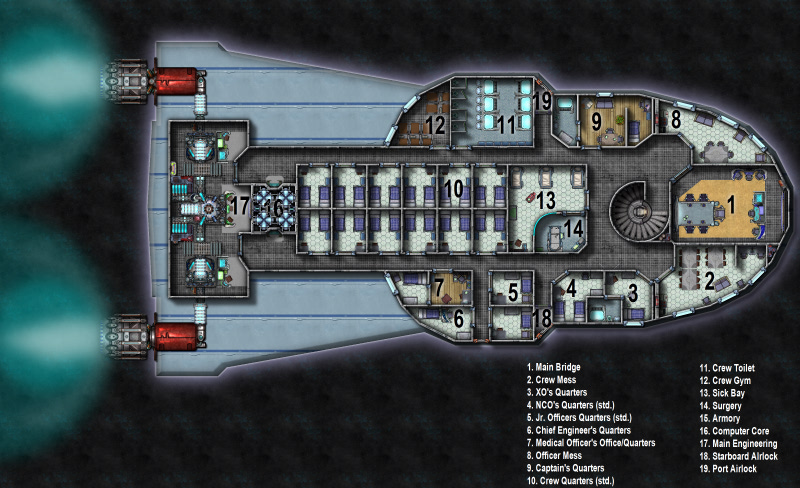




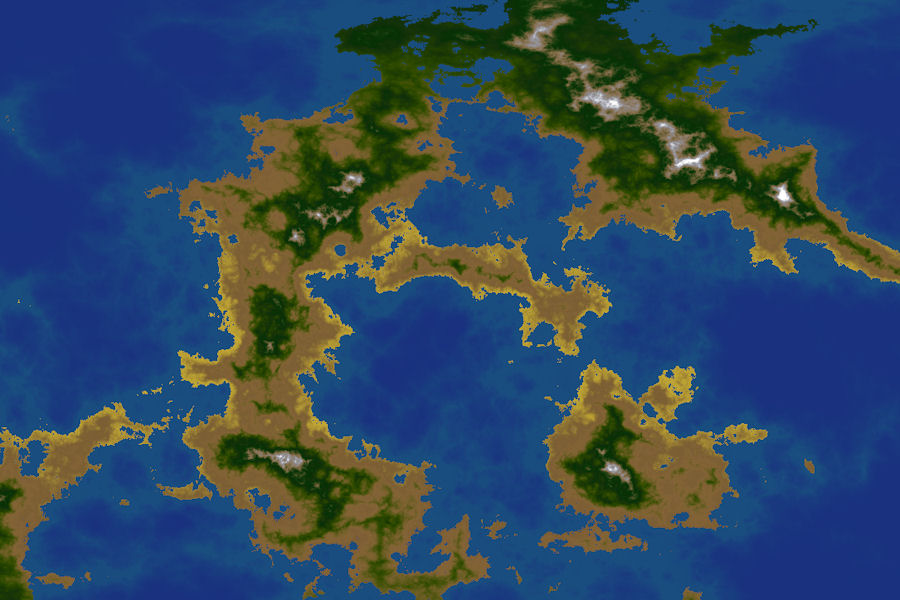
 To celebrate the release of The Dungeons of Schley, we’ve devised a competition. Create a small underground lair – a bandit hide out, a cave taken over by a dragon, a mine used as a cultist HQ. The whole area the map covers including map embelishments should be no more than about 100 m / 300 ft square. The best will win an unlimited patron license to all our cartography software forever; two runners up will receive vouchers.
To celebrate the release of The Dungeons of Schley, we’ve devised a competition. Create a small underground lair – a bandit hide out, a cave taken over by a dragon, a mine used as a cultist HQ. The whole area the map covers including map embelishments should be no more than about 100 m / 300 ft square. The best will win an unlimited patron license to all our cartography software forever; two runners up will receive vouchers.


 Real Worldbuilding
Real Worldbuilding